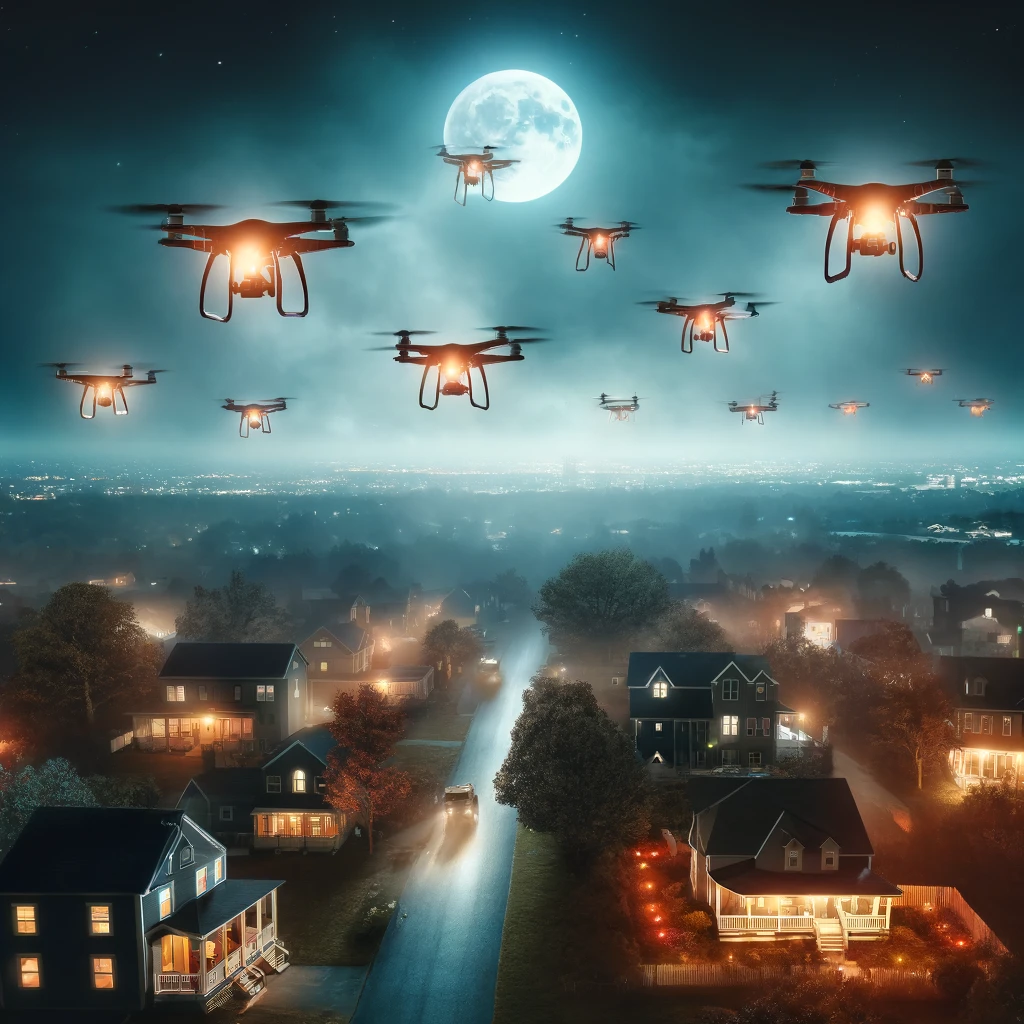Examining Drone Incursions Near Critical Installations
Recent reports of unauthorized drone activities near sensitive military and civilian locations have sparked concern across various regions, including the United States and the United Kingdom. These incidents highlight potential risks and raise questions about airspace security, surveillance, and the evolving role of drone technology in both legitimate and potentially malicious applications.
Recent Incidents
Several events have been reported, such as drone incursions over RAF Lakenheath in the UK, home to advanced U.S. fighter jets like the F-35A and F-15E. Similar incidents occurred over the Picatinny Arsenal in New Jersey, which is a critical U.S. Army installation. In another case, drones were observed near densely populated areas around New York, New Jersey, and Philadelphia, drawing attention from local authorities and federal agencies.
Potential Risks
- Security Threats: Drones near military bases or sensitive installations could be used for espionage, gathering data on operations, or identifying vulnerabilities in security measures. This is especially concerning for installations housing advanced technology or weaponry.
- Public Safety: Overcrowded urban areas are particularly vulnerable to accidents or deliberate drone misuse, potentially causing harm to people and infrastructure.
- Operational Disruptions: Unauthorized drone activity could interfere with air traffic, particularly near airports or military bases, posing risks to both civilian and military operations.
Responses and Mitigation Efforts
Authorities have begun implementing counter-drone measures to address these risks. These include enhanced surveillance systems, collaborations with local governments, and development of non-kinetic countermeasures to neutralize drones without endangering people or property. The FBI, military, and other agencies are investigating these incidents and working on solutions to prevent future occurrences.
Looking Ahead
While drones serve numerous beneficial purposes, including commercial deliveries, photography, and emergency response, their misuse presents challenges that require robust regulatory and technological solutions. The balance between fostering innovation and ensuring security remains critical as drone technology continues to evolve.
Conclusion
The recent wave of drone incursions underscores the need for coordinated efforts to secure airspace over critical areas. Continued vigilance, combined with advancements in detection and deterrence technologies, will be essential to mitigate risks and ensure safety for both civilian and military operations.
For more detailed accounts of these incidents, refer to the original reports by The War Zone and The Guardian.
